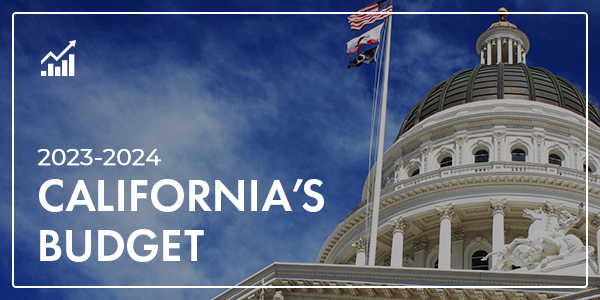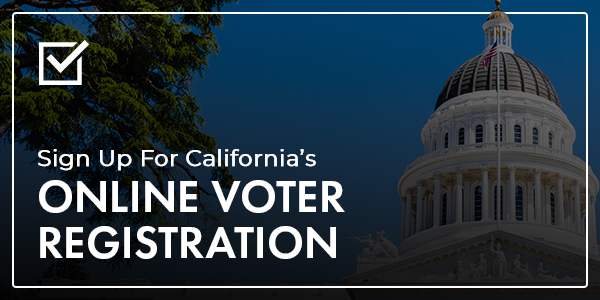Senators Portantino and Gonzalez Introduce Clean Water Legislation to Monitor PFAS Chemical Contamination
Sacramento, California – Senator Anthony J. Portantino (D–La Cañada Flintridge) has introduced SB 1056 which will allow the state to more accurately test for perfluoroalkyl and polyfluoroalkyl (PFAS) chemicals in water. The California Safe Drinking Water Act originally authorized the Water Board to begin monitoring these harmful chemicals. This bill will additionally require the board to start certifying accurate methods for testing for the class of PFAS contaminants in drinking water, ground water, and surface water.
“We have a duty to ensure that Californians have clean water to drink. Concern about potentially dangerous chemicals has risen in recent years and I believe now is the right time for the legislature to increase our efforts to have a clean water supply. I don’t think we can rely on Washington to solve this issue and California must act. I hope to engender broad bi partisan support for this unifying call for clean water,” commented Senator Portantino.
SB 1056 is jointly authored by Senator Lena Gonzalez (D - Long Beach).
“I am proud to joint author SB 1056 with Senator Portantino. Safe drinking water is essential for everyone. It is crucial that we prioritize a standardized method for testing these “forever chemicals” known as PFAS that have been found in our water. I am committed to moving this issue forward,” added Senator Gonzalez.
SB 1056 is a follow up clean water effort for Portantino, as two years ago, he had SB 1263 signed into law to test drinking water for microplastics. He is also the successful author of SB 1422 which charged the Ocean Protection Council to create a science based strategy to clean our precious ocean resources.
“This bill will give California a more accurate picture of the PFAS contamination it faces,” said Tracy Quinn, Senior Policy Analyst with Natural Resources Defense Council (NRDC). “In the absence of federal leadership, our state has the opportunity to step up and lead the way in protecting people and the environment from these harmful chemicals.”
PFAS chemicals have been widely used for industrial purposes since the 1940s and in recent years the scientific community has become more and more concerned with potential health risks related to them. Health risks related to these chemicals include liver damage, thyroid disease, decreased fertility, high cholesterol, obesity, hormone suppression, and cancer.
“Almost one in five Californians’ faces a drinking water supply potentially contaminated with PFAS,” said Susan Little, Environmental Working Group’s senior advocate for government affairs in California. “Exposure to very low doses of some PFAS chemicals is associated with serious health risks, including cancer, reproductive harm, developmental harm, damage to the immune system, hormone disruption, and liver and kidney damage. To reduce these health risks, it is critical for the state to learn the scope of existing PFAS contamination in drinking water.”
Due to their high level of use in industry, most people in the United States have been exposed to these chemicals. Food is often packaged in a way that increases exposure. Common household products such as floss or non-stick cookware are manufactured using these chemicals. It has also been found in localized drinking water sources, meaning it is nearly impossible to avoid coming into contact with this group of chemicals. Environmental concerns are on the rise as we learn more about these so called “forever chemicals” which persist in the environment and do not break down over time.
“Understanding the full extent of PFAS contamination in California's drinking water is critical to both protect the public and enable us to make the most cost-effective decisions about water treatment,” said Andria Ventura, toxics program manager for Clean Water Action. “We don't want to have to keep rethinking technical investments because we didn't have a full understanding of the problem. That's not fair to water systems or ratepayers.”
SB 1056 is co-sponsored by Clean Water Action, the Environmental Working Group and the Natural Resources Defense Council.





